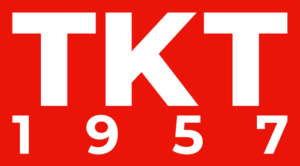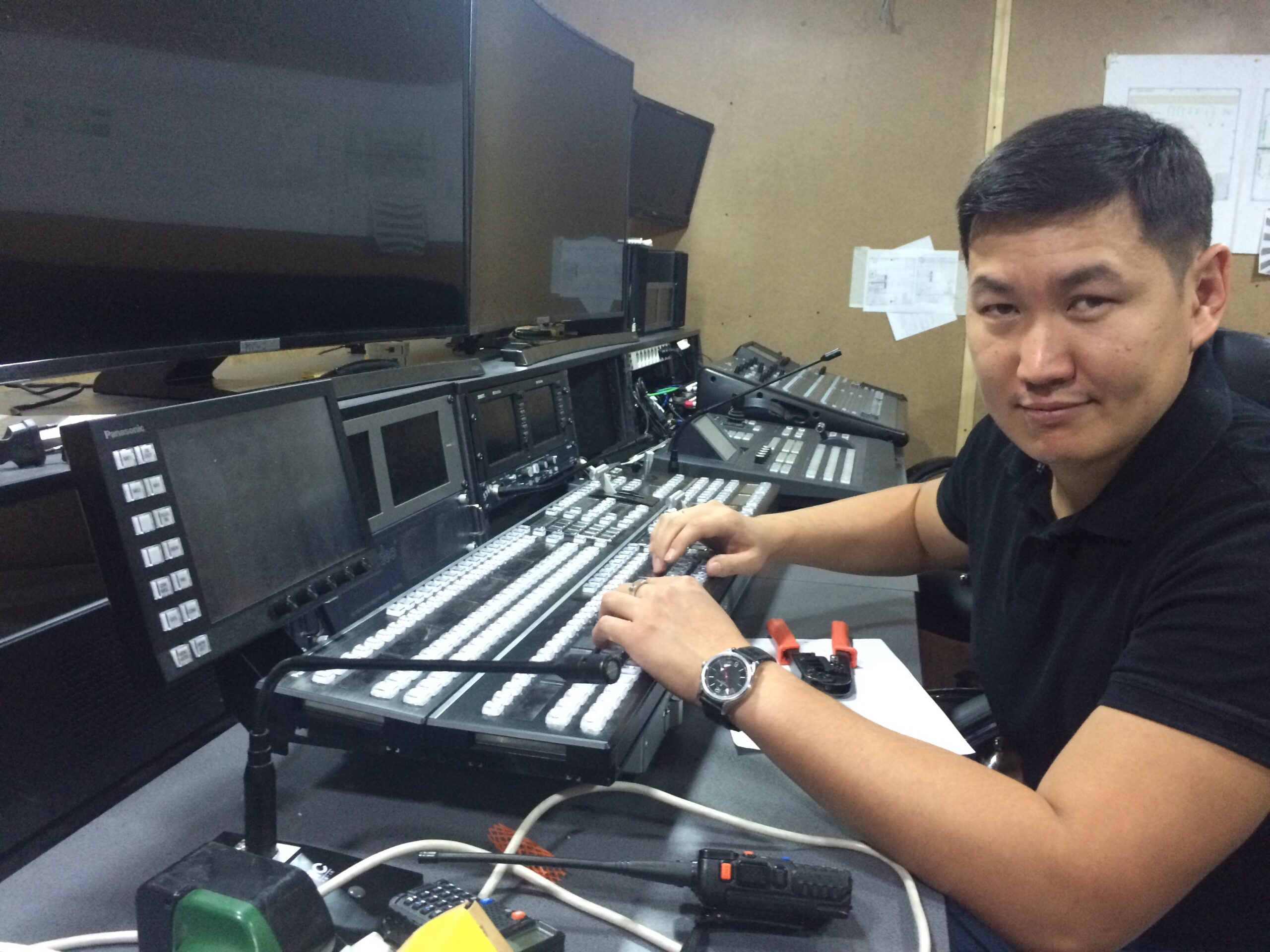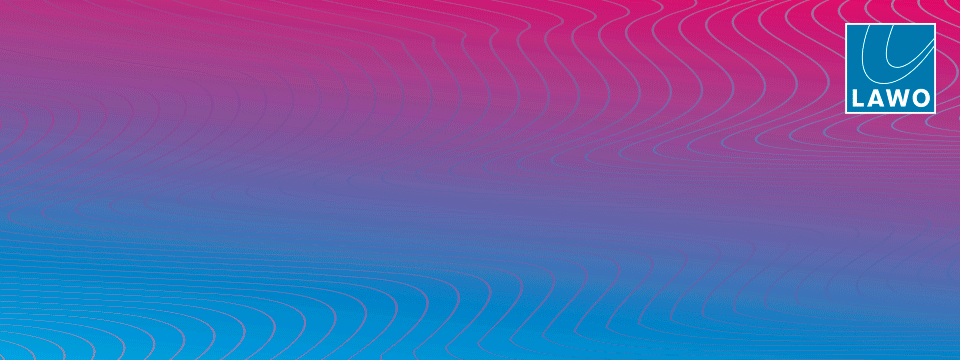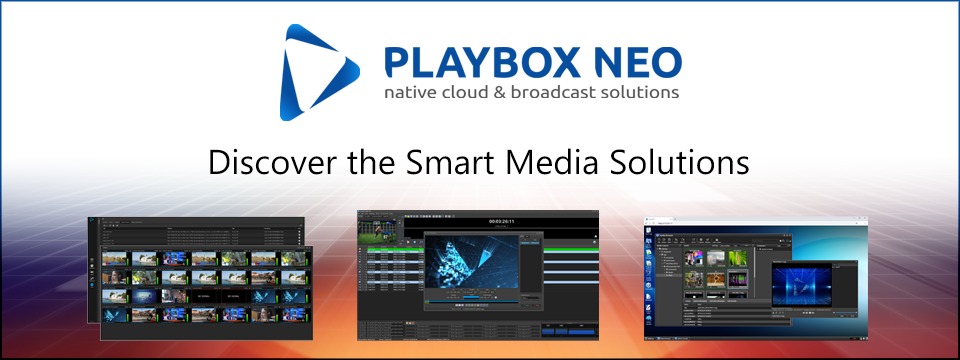
Interview with Phil Myers, Chief Technology Officer at Lawo AG.
– The CTO’s establishment in a company usually comes with moving in a certain direction. Which development vector was set with your appointment?
– I joined the company at a time when we were growing very quickly, bringing a lot of new products and innovations to the market. I was quite heavily involved in a lot of the projects working across the company to help us to be successful. I think it was identified by the board to bring together some of the planning that we have; we have multiple departments within the company responsible for delivering technology.
 From my side, it has a couple of aspects. The first one is coordination and harmonization across the product management group, to make sure that the business requirements and customer requirements are clearly aligned with our product strategies. That is something that I took on board quickly. The second part of it is the strategic planning for Research & Development – not only making sure they’re working on mediate opportunities in terms of deliverables of customer projects, but that we’re also building a platform for the future that allows us to adapt to either new customers, new market conditions, with new advanced technology that maybe we’re not using today in our industry.
From my side, it has a couple of aspects. The first one is coordination and harmonization across the product management group, to make sure that the business requirements and customer requirements are clearly aligned with our product strategies. That is something that I took on board quickly. The second part of it is the strategic planning for Research & Development – not only making sure they’re working on mediate opportunities in terms of deliverables of customer projects, but that we’re also building a platform for the future that allows us to adapt to either new customers, new market conditions, with new advanced technology that maybe we’re not using today in our industry.
A lot of our vision has just been accelerated in 2020, and so we’ve spent the year realigning some of our objectives to try to accelerate them.
I think the key thing that we put in place is a vision that allows us to look at least five years into the future, and we’ve spent quite a bit of time in the last year and a half focusing on this. What I would say to you is that a lot of the planning we put in place in the latter part of 2019 we have seen being accelerated during the COVID-19 situation in 2020. We already had many customers using remote production, whether that’d be distributed or centralized, and we were already spending some significant development efforts to take this one step further. So, a lot of our vision has just been accelerated in 2020, and so we’ve spent the year realigning some of our objectives to try to accelerate them.
 It’s been reassuring to us that where we could see the business going five to seven years, we now see it as maybe three to five years, so we’ve had to change some of our strategies. That is an important role within the company, especially at CTO level, to identify how and where we need to change when the market may change around us. I think this also falls to the departments that report directly to me and also the departments that I have to influence, not just into my remit as CTO.
It’s been reassuring to us that where we could see the business going five to seven years, we now see it as maybe three to five years, so we’ve had to change some of our strategies. That is an important role within the company, especially at CTO level, to identify how and where we need to change when the market may change around us. I think this also falls to the departments that report directly to me and also the departments that I have to influence, not just into my remit as CTO.
– You said that it’s very important to anticipate the trends for the next three-five years. What will be the main priorities for Lawo for this time?
– Obviously, we have very clear business objectives, growth plans addressing new markets that we don’t currently address today, maybe addressing new customer applications. But, ultimately, you need to have a portfolio of products that will allow you to address those markets. It’s really important not only to be close to your customer base – because they will tell you or give you a feel that some of their business requirements are changing – but also be ready for sudden changes. Something like COVID-19, which was completely unexpected and has had a major impact globally, by nature forces you to change some parts of your strategy, whether that’s to change the content or the acceleration. I think, specifically what we saw at Lawo, the content did not change, we just had to accelerate some of it.
– Recently we have conducted a roundtable conference surrounding AI and its outlooks. What do you think about Artificial Intelligence’s deployment in your products, and the development of this in the broadcast industry?
– It’s one of the key areas that we’ve spent some time looking at. We have a number of colleagues in Research & Development who have been actively engaged in this space. We do see some opportunities within the site of live production workflow to address, by using some of the elements of AI or machine learning. However, there are a lot of applications that people may assume are well addressed by AI or ML that simply aren’t – they are simply addressed by better algorithms that can run directly in the products. So, we have taken the view of trying to embrace the technology where it brings benefits to the customer, rather than taking the technology and putting it everywhere.
However, there are a lot of applications that people may assume are well addressed by AI or ML that simply aren’t – they are simply addressed by better algorithms that can run directly in the products.
We see this in other parts of the media chain, you see the adoption of AI/ML in the Media Asset Management space for face recognition, search engines, and a few other things. Again, it’s not deployed across the entire workflow, it’s in specific parts where it’s required. And we see the same very much in the live production. We feel that probably some of the areas initially are around audio, whether it be on the input stage or the processing stage, we’re still exploring. But we have some ideas and you’ll probably see in the next 12-18 months from Lawo some investments in products that will come to market. It’s certainly one of those core technologies that we really look at very strongly to see where it can provide real benefit to our customers.
– Apple has become a great company when it has entered the mass market. Are you planning to enter the mass market?
– No, I think, when you look at the mass market, you come to two conclusions. First of all, you have to look at the segment you’re addressing with your product portfolio, but also the whole supply chain, and how you would deliver products in the market.
The fact is, obviously, making a product that is cost-effective and scales is one challenge. Then, in that business model of volume distribution, for most companies in our space it changes the complete distribution model. We have very good relationships either directly with the broadcasters, or in some countries with the resellers.
In that specific model that you mentioned about smartphones, you end up with a multi-tier distribution – like a super-distributor, distributor and reseller, and in most cases you don’t sell directly to the customer.
We have a completely comprehensive IP solution portfolio, which allows the customer to build a flypack, or an OB truck, a brand-new facility, multiple facilities and connect them all together, whether it’d be with audio, video, the network or with the control.
I think what we see in the Lawo business is actually the opposite – customers are very interested in systems. Where we’ve been very successful over the last two-three years, is the fact that we have a completely comprehensive IP solution portfolio, which allows the customer to build a flypack, or an OB truck, a brand-new facility, multiple facilities and connect them all together, whether it’d be with audio, video, the network or with the control. And I think we’ve been very successful with the fact that we bring these solutions to the market. I think there are a lot of companies that do the volume side in the business, and, certainly, in the area where we operate we don’t see that changing any time soon.
– COVID has accelerated the trend of remote work, and of course it has become an integral part of broadcasters’ lives. How exactly does your company help production teams to create and deliver the best stories in real-time wherever they are working in these challenging times.
– Yes, we had a big project in Australia in 2018 for the NEP Australia Andrews Hubs, which was connecting two very large data centers in Melbourne and Sydney, and then connecting all of the sports stadiums and OB trucks around Australia. That was providing remote connectivity upwards of 4,500 kilometers. This allowed the production teams to be effectively connected in any of those sites, and have access to the tools. We spent a lot of time in 2018 with our customer NEP realizing this type of project.
We’ve done a number of projects since then, but I can tell you, in the last year specifically we have commissioned a very large number of projects – OB trucks and full infrastructure installations remotely. I think that this is something which would not have been possible in the past – customers would have insisted we’re on site. But with the COVID situation, they provided us IT connectivity, which has allowed us to access the products, configure them, and commission them for customers remotely.
We have some very large customers, some of those customers had very large OB trucks at the Super Bowl, and the technology, with it being allowed to be accessed and configured remotely, really helps.
If you look forward, what we will see in the industry is that maybe some of this change that was forced upon us in the last 12 months will be adopted moving forward. 12-18 months ago customers really wanted engineers on-site, and once we come out with the COVID situation, I don’t think we will go back to that. I think we will go back to maybe only 10-20 percent of engineers on-site, and the rest of the commissioning would be done remotely. As I said, we have some very large customers, some of those customers had very large OB trucks at the Super Bowl, and the technology, with it being allowed to be accessed and configured remotely, really helps.
– Did you participate in the Super Bowl?
– Yes, we have a couple of customers in the US – NEP and Game Creek Video. They have purchased a number of IP solutions in Lawo over the last 18 months, which they have in their trucks. A number of those trucks were at the Super Bowl providing coverage for the broadcasters.




















